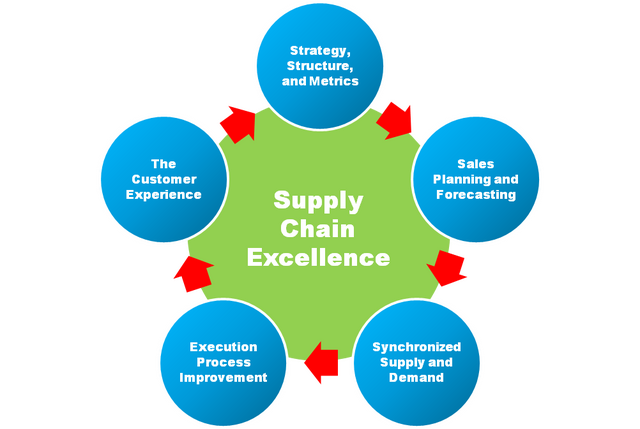Case Study
Removing Fragility from the Supply Chain
When rapid growth outstripped supply chain capability, Boyden’s interim helped improve the supply chain, forecasting and planning functions which enabled them to fulfill £7 million of orders instead of £4 million.
The Client
A commercial vehicle equipment supplier was acquired by a private equity group during 2021. Due to the COVID-19 pandemic, the company had been through a major restructuring exercise in 2020 and the number of employees at their manufacturing site in northern England had reduced by 46%. An upturn in demand following the acquisition had resulted in forecast sales in 2022 growing to 48% above budget.
The Challenge
During the second half of 2021 and early 2022, significant growth opportunities emerged in a recovering global commercial vehicle market. Unfortunately, these opportunities were in danger of being missed due to constraints in the supply chain. The management team and owners responded to this risk by appointing an Interim Supply Chain Manager who was given 3 primary project objectives:
- Capitalize on short-term sales opportunities by quantifying and securing supply chain capacity
- Reduce working capital through a process-driven, rules-based approach to inventory management
- Increase the planning horizon of the business to avoid nasty surprises and expensive workarounds

The Solution
When considering the scope of any supply chain improvement activity, the two questions that need to be answered, irrespective of the industry, sector, or geographical region are:
- How can the supply chain capacity required be secured to fulfill the demand when we need it?
- How can we avoid paying over the odds for that secured capacity if we don’t use it?
A supply chain strategy was developed and implemented via a robust program and project management approach. A strategy that answered these two questions given the context of this customer and its suppliers.
Improving supplier quality and On-Time-In-Full (OTIF) performance, and reducing unit price and inventory levels were not considered individual objectives. Improving each measure at the same time was not necessarily compatible, so these metrics needed to be considered as part of an overarching supply chain strategy.
The assignment has been very successful. When the interim project manager arrived, the sales opportunity was £4 million for 2022, because of the work he did this has now increased to £7-£7.5million. The interim is very systematic, before his arrival the company had a disconnect between forecasting, planning, sales forecasting, production, and procurement. The interim has helped the incumbent to set up processes and ways of working and created a tailored S&OP process that was fit for the purpose of this business. They are now upskilled in a way that allows them to focus on the value add elements of the supply chain.
Executive Chairman Testimonial
The Result
Within 3 months, the project has:
- Identified and mitigated risk in the supply-chain and secured a multi-million-pound sales pipeline
- Provided supply chain professionals with the tools to identify and remove supply chain constraints
- Used a proven methodology as the basis for a bespoke integrated business planning process
These are the tangible outputs from the project in response to a specific set of objectives. Although important, these outputs do not tell the full story. In addition, the supply chain team have started to change the way they think about forecasting demand and how they engage with and then manage the supply chain. They now appreciate the need for an integrated plan that links new product introduction, customer demand and supply chain capacity. They realize that until these fundamentals are in place, they will continue to expediate deliveries rather than develop strategy and execute robust supply chain management plans.





